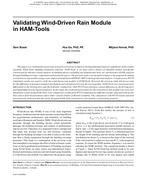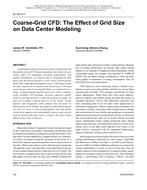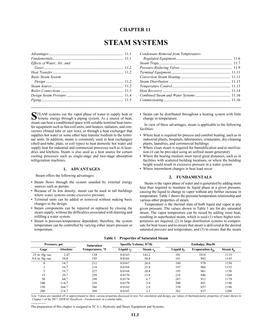Supermarket refrigeration systems are large contributors to greenhouse gas (GHG) emissions, which impose ever-increasing and global environmental concerns. It is important to quantify the GHG emissions that occur over the lifetime of supermarket refrigeration systems, for baseline refrigerants and systems, as well as for newer, low-global warming potential (low-GWP) refrigerants and systems. A commercially available simulation tool was used to model four refrigeration systems in a large supermarket, in two locations in California. The systems evaluated were a baseline centralized direct expansion (DX) system using R404A, two secondary loop systems using R407A as the refrigerant and either glycol or CO2 as the secondary heat transfer fluid, and a CO2 transcritical system. GHG emissions from direct refrigerant release and indirect emissions due to energy consumption were considered. For both locations, the baseline centralized DX system had the highest CO2-equivalent (CO2e) emissions. The CO2e emissions of both secondary loop systems were approximately 85% lower than the baseline system; the CO2e emissions of the transcritical system were approximately 95% lower than the baseline. In all cases, the reduction in CO2e emissions was primarily due to the reduction in direct refrigerant release, during system operation and at end-of-life.
Citation: 2017 Winter Conference, Las Vegas, NV, Conference Papers
Product Details
- Published:
- 2017
- Number of Pages:
- 8
- Units of Measure:
- Dual
- File Size:
- 1 file , 990 KB
- Product Code(s):
- D-LV-17-C088


